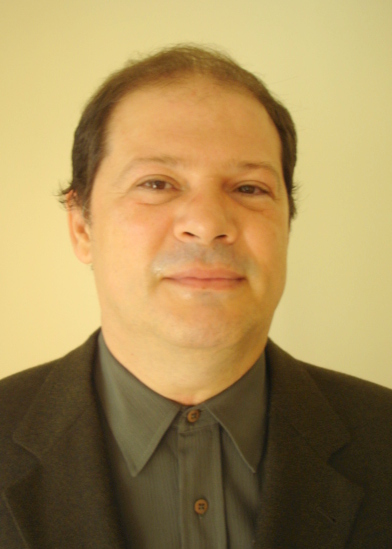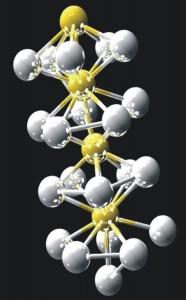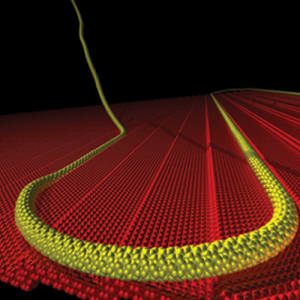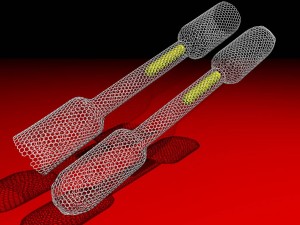[Paper: Defect-Free Carbon Nanotube Coils. Nitzan Shadmi, Anna Kremen, Yiftach Frenkel, Zachary J. Lapin, Leonardo D. Machado, Sergio B. Legoas, Ora Bitton, Katya Rechav, Ronit Popovitz-Biro, Douglas S. Galvão, Ado Jorio, Lukas Novotny, Beena Kalisky, and Ernesto Joselevich. Nano Lett., 2016, 16 (4), pp 2152–2158. DOI: 10.1021/acs.nanolett.5b03417]
Nanotubes that coil to the sound of music: tango or chorinho
Among the many applications foreseen for carbon nanotubes, there are some nanoelectronic devices that make use of the excellent ability to conduct electricity, through the tiny graphene tubes. For the good performance of nanotubes in some of these applications, the most suitable are the coil configurations, formed by a single nanotube with its two ends free to make contact with other components within a device. Additionally, to not lose conductivity, the nanotube coil should have relatively low density of structural defects.
In practice however, it is not easy for a human being to achieve 1 nm diameter tubes to twist into spiral loops without generating imperfections and leaving their tips separate from the bundle.
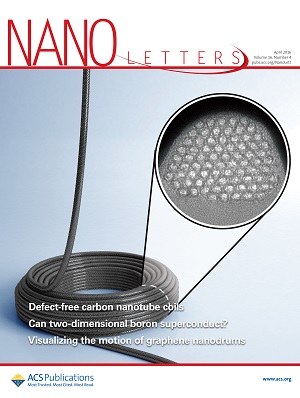
In an article published in the prestigious Nano Letters journal, highlighted in the cover of the April issue of this year, a team of 14 scientists reported the formation of defect-free nanotube coils with free ends, from a spontaneous coiling mechanism of single-wall carbon nanotubes. The study was led by researchers from the Weizmann Institute of Science (Israel) with the participation of four scientists from Brazilian universities (State University of Campinas, Unicamp; Federal University of Minas Gerais, UFMG, and Federal University of Roraima), from ETH Zürich (Switzerland) and from the Bar-Ilan University (Israel).
The team placed iron nanoparticles on silicon dioxide substrates and added a carbon-containing gas – a combination known to promote the growth of long single-wall nanotubes, which can reach more than 100 microns in height. The nanotubes grow perpendicular to the substrate like a forest of trees.
Under these conditions, the scientists created several carbon nanotubes samples, and some were spontaneously coil shaped. The authors analyzed the nanotube coils using SEM, TEM and AFM, obtaining information such as diameter, height and number of coil turns. Using the Raman spectroscopy technique, the authors continued investigating the nanotube coils and found a very low concentration of structural defects and also found that the diameter and chirality of the nanotubes were the same throughout the coil. The Raman spectroscopy analyses were partially carried out at the UFMG by Brazilian Professor Ado Jorio.
To understand the coil formation mechanism, the team used atomistic molecular dynamics simulations, used to depict the physical movements of atoms and molecules. These simulations were headed by Professor Douglas Soares Galvão (Institute of Physics Gleb Wataghin – Unicamp) and carried out by the postdoctoral researcher Leonardo Dantas Machado, former student of Galvão, and by Professor Sergio Benites Legoas (Federal University of Roraima), ex-postdoctoral grant holder in Galvão’s group. At IFGW – Unicamp, Prof. Galvão heads a research group specialized in simulation and computer modeling of nanostructured materials, particularly involving nanowires and nanotubes, and often collaborating with experimental groups from different countries. Through the simulations, the group is able to study, understand and predict phenomena that are sometimes not directly viewed or accessed experimentally in the time scale in which they occur.
Generally speaking, the simulations showed that after growing vertically, the nanotubes that had formed coils began to deposit on the substrate from the bottom up, forming the first turn as a result of their interaction with the carbon gas flow and with the substrate. After this first step, the nanotubes continued to spontaneously and steadily be deposited in a coil-like shape, completing up to 74 turns.
The team also investigated the performance of the coils as inductors (coiled devices that generate magnetic fields when an electrical current passes through, also known as electromagnetic coils) – a nanotube application that had not been studied until now. In the Nano Letters article the nanotube coils showed that despite being highly conductive, they are not yet ready to be used as efficient inductors. However, in the article the analysis of its electrical and magnetic behavior presented new and valuable information which can be used to develop inductive devices from nanotubes.
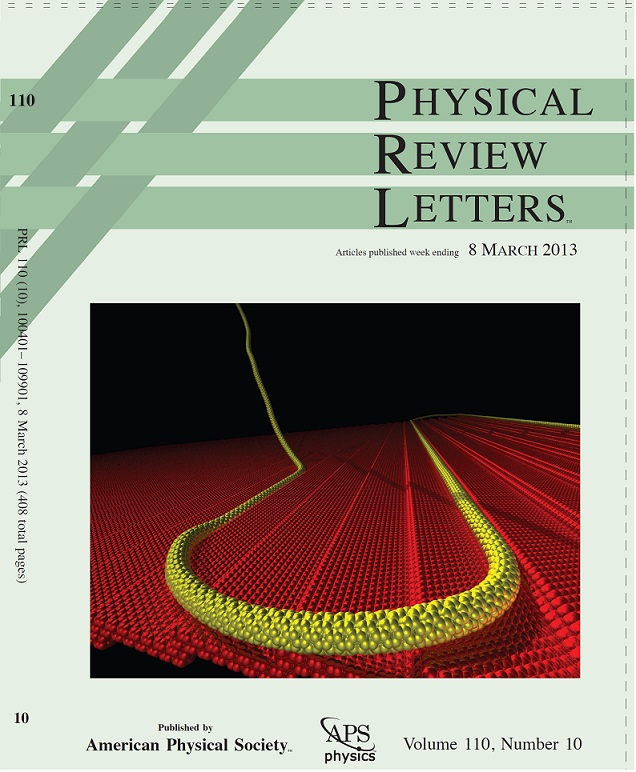
According to Professor Galvão, the paper published in Nano Letters is a continuation of a previous project on carbon nanotube serpentines that involved his group, the group of Israel, led by Ernesto Joselevich, and Professor Ado Jorio (UFMG). This first study also produced an article featured on the cover of a prestigious journal, the Physical Review Letters (Dynamics of the Formation of Carbon Nanotube Serpentines, L. D. Machado, S. B. Legoas, J. S. Soares, N. Shadmi, A. Jorio, E. Joselevich, and D. S. Galvão, Phys. Rev. Lett. 110, 105502 – Published 8 March 2013).
Galvão recounts that the collaboration between the Brazilians and the Israel group began at a conference in Spain, where he attended a presentation by Joselevich on serpentine-shaped carbon nanotubes. “I believed it was a very interesting problem”, says Galvão. Coincidentally, the two scientists met again in a Brazilian event of condensed matter physics and had lunch together with Ado Jorio. That is when their collaboration began. “From the point of view of simulation, it was a very challenging and difficult project (in addition to specifically developing new protocols for the problem, the simulations involve millions of atoms), but Leonardo and Legoas were able to solve this”, says Galvão.
In addition to being consistent from the scientific point of view, the simulations were interesting from an aesthetic point of view. In this regard, Professor Galvão shares an anecdote. “Joselevich, who is Argentine by birth, knows Brazil and the Brazilian culture quite well. The first time he saw the serpentine simulations, he remembered the melody of “Brasileirinho” (a famous piece of chorinho music). We prepared some video versions incorporating the Brasileirinho as the soundtrack in his honor, jesting with the Brazil-Argentina rivalry, and others with tangos. The Brasileirinho wins, of course”, says the professor jokingly.
Two videos of nanotube dancing and forming coils can be accessed free of charge in the supporting info published with the paper in Nano Letters: http://pubs.acs.org/doi/abs/10.1021/acs.nanolett.5b03417

